As Halloween comes to an end and Thanksgiving approaches, many of us are left with a hole in our lives. A hole that was, until recently, filled with ghosts and ghouls and all things gruesome.
Gone are the days of carving pumpkins, hoarding candy, and honing our skills as amateur paranormal investigators. All we have left now is a slow and tortuous wait until next October.
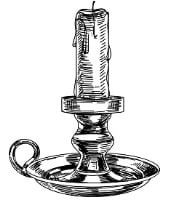
Or do we?
Here at Ghost City Tours, we know as well as anyone that a true fan of the strange and unusual can always find time to poke and prod their ghostly curiosity, no matter what time of year it is. Just because Halloween is behind us, doesn’t mean we have to put away the flashlights, EMF meters, or our boundless curiosity for the dead.
Thanksgiving, like any other holiday, is steeped in tradition, but it is also the product of horrifying history, petrifying politics, and a veritable smorgasbord of horrible deeds and untimely deaths, making it as fine of a backdrop as any when it comes to probing for the paranormal.
In fact, this holiday season, you might find yourself wondering just how far back our frightful fixations go. Has our curiosity about death and the afterlife always been there, or is it a product of modern times?
Most importantly: Did early Americans have the same ghostly obsessions that we do?
Well, as experts on the matter, we’re here to answer the hard questions, and keeping with tradition, what better place is there to start than with some of America’s earliest European colonizers. Not to mention the very roots of this bloody and complicated holiday—the Pilgrims.
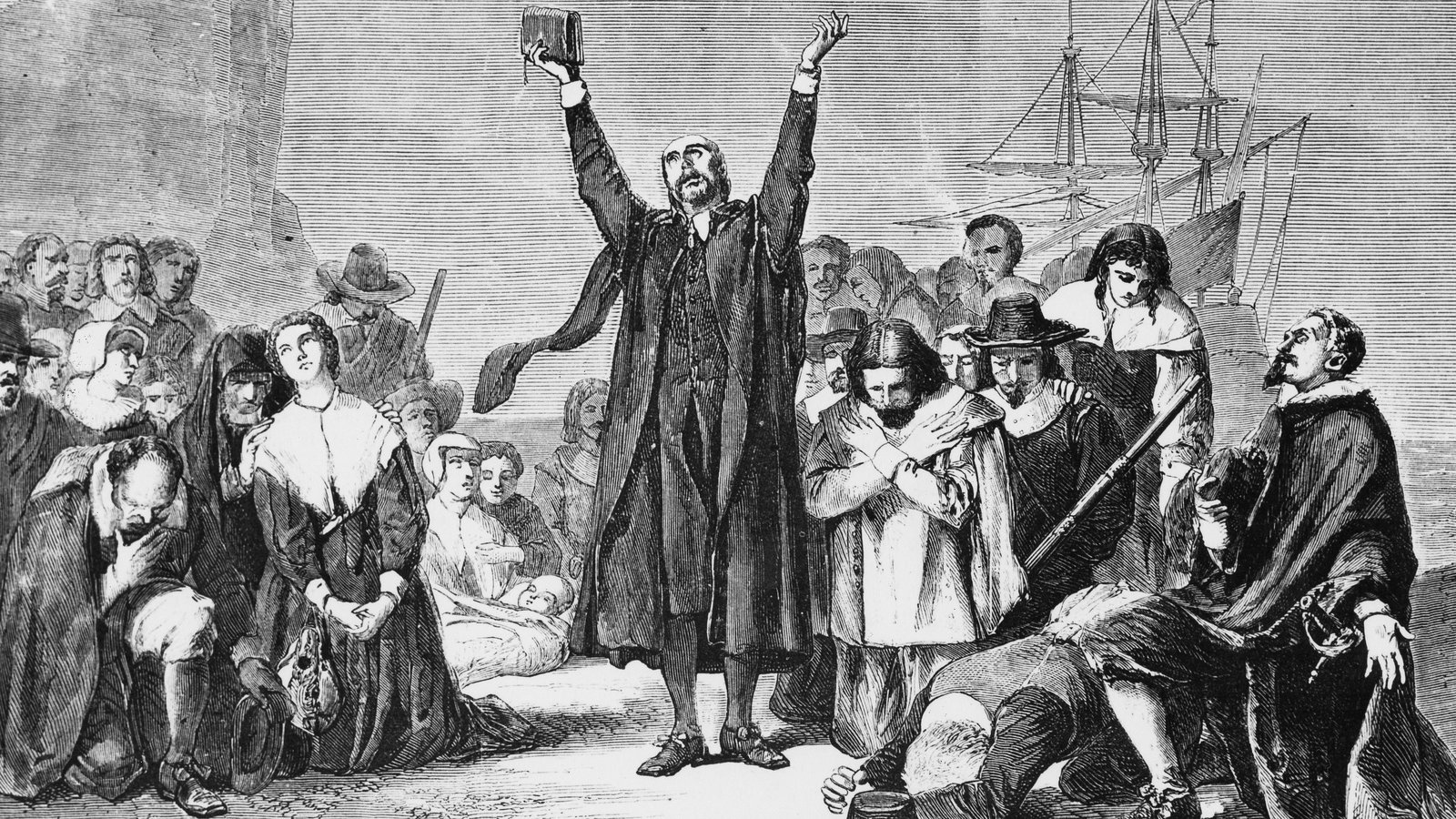
The Pilgrims were a group of 46 separatist Puritans who, fleeing a corrupt Anglican church and religious persecution in England, came to North America to establish a new colony where they could live their lives according to their own religious laws and values.
Aboard the Mayflower, they arrived on November 11th, 1620, first laying anchor near Cape Cod. Their original destination was meant to be the Hudson River in New York, where they had contracted land to build their colony. But, after bitter storms blocked their route south, and a skirmish with local Native Americans soured their attitude toward the Cape, the Pilgrims instead sailed to Plymouth Harbor, where they decided to settle.
They are often remembered as the first permanent North American colony, which is far from the truth, as America had been home to a diverse population of different nations covering the entirety of the continent for over 10,000 years.
Still, they became a staple in American history, as well as the source of the Thanksgiving Holiday we now celebrate.
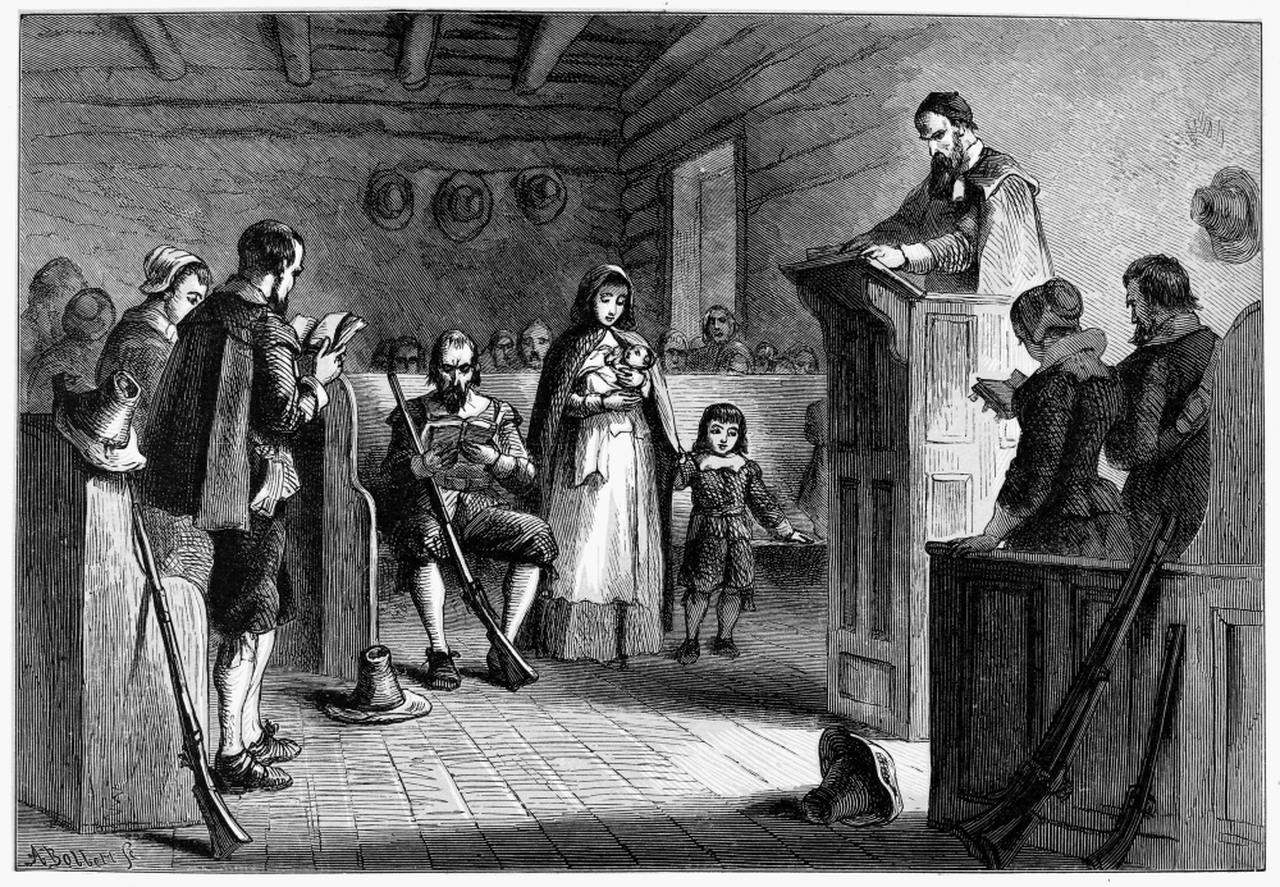
The story goes that, in celebration of their first fall harvest since settling in America, the Pilgrims held a great feast to thank God for their bounty. In an attempt to solidify a relationship with the locals, they also invited members of the Wampanoag tribe to attend, a gathering that would become known as the “First Thanksgiving.”
Of course, the true history of this meeting is still debated among historians, and it is generally understood that this version of a peaceful gathering between colonizer and natives has been thoroughly white-washed throughout history, downplaying the initial role that the Pilgrims had in what would soon become an irrefutable genocide.
Regardless of their role in history, or the authenticity of Thanksgiving’s humble beginnings, the Pilgrims and their religious outlooks have shaped American culture.
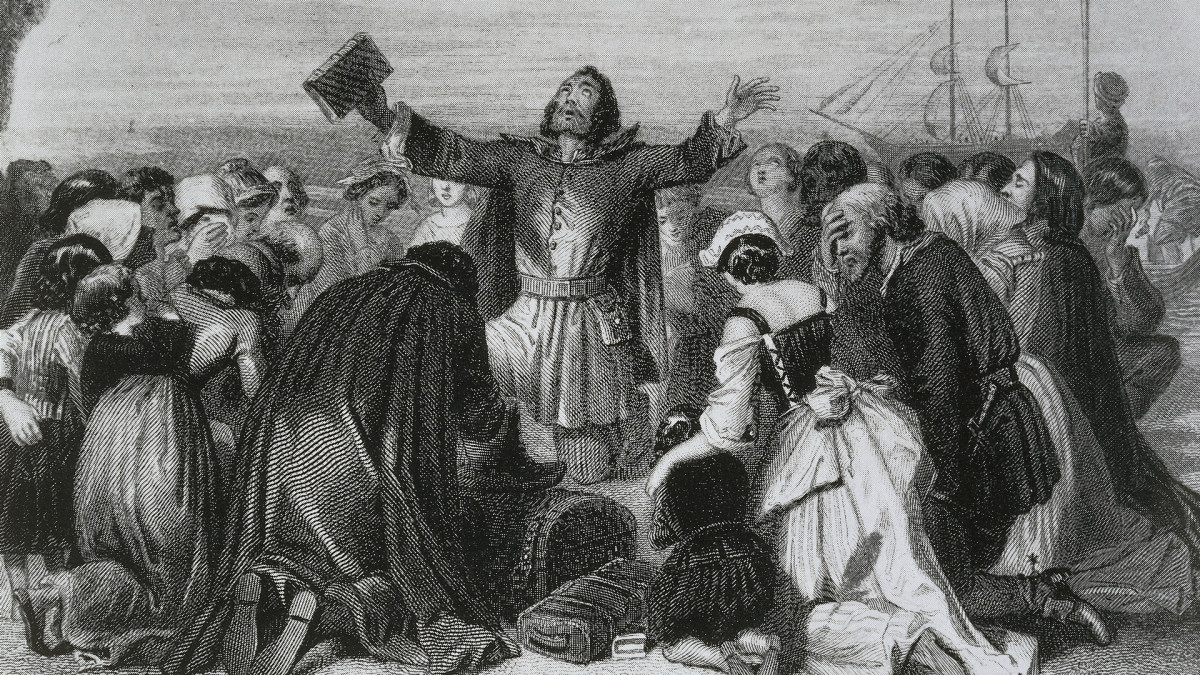
Like the protestants before them who broke away from the Catholic Church during the Protestant Reformation, the Puritans believed that God expected them to live according to the Scriptures and that everyone had the right to discuss and interpret the bible themselves. They believed one could even depart from the Book of Common Prayer and speak to God directly.
Going a step further, the Puritans came to believe that God had formed a unique agreement with them and them alone, and it was their newfound mission to completely reform the Anglican Church, which had become corrupt, as well as set a good example for the rest of England.
As we’ve mentioned, the Pilgrims who came to America were a form of Puritans known as separatists – die-hard believers who felt that the Anglican Church had fallen so far from grace that they no longer had a chance of being saved, even with their help, and must be abandoned completely.
The “Pilgrims,” as they became known for their religious pilgrimage to the New World, left England because of not only this belief, but because of the persecution they met from the Anglican Church as well as non-separatists puritans who felt that they were abandoning their Godly duties.
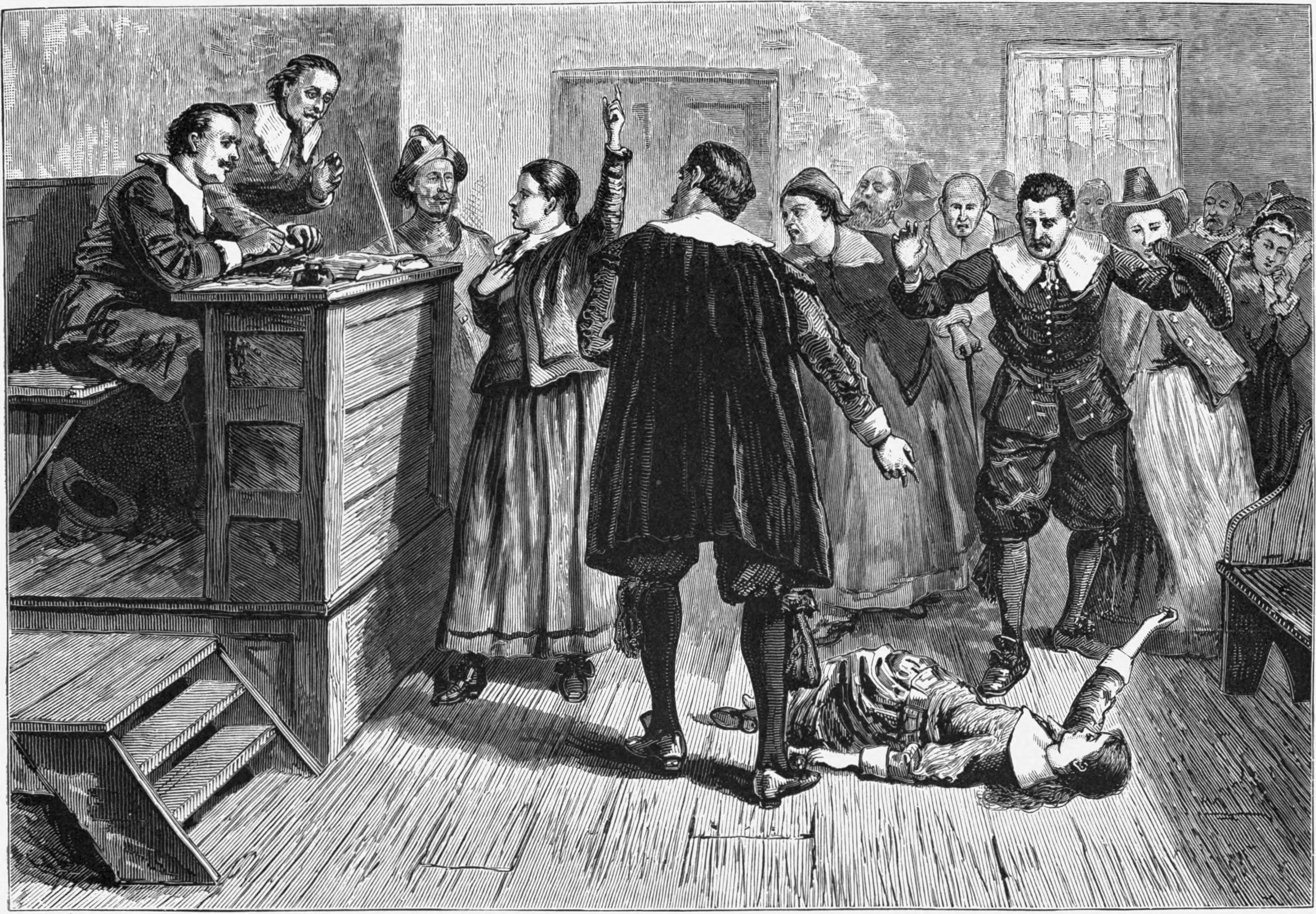
There is no easy answer. Being Puritans by faith, the first Pilgrims who settled in North America believed in strict reasoning of the natural order, leaning away from the kind of magic and superstition that was more common within the Catholic Church, from whom they wished to distance themselves as much as possible.
Which left ghosts, at least in religious practice, out of their realm of possibility. According to the dogmatic laws they believed in, the soul existed only in the body, in God’s kingdom, or down in the pits of hell. There was no in-between.

In fact, their disbelief in the concept of purgatory, which is where most Christian ghost lore stems from, was one of the key components that separated their faith from that of the Catholic Church.
So, as far as the traditional ghost goes, the answer is no—technically.
Of course, an official church stance and the personal beliefs of an individual aren’t always a picture-perfect reflection, and it is noted by many historians that time in the Americas, as well as the mixing-in of other faiths through the country’s growing diversity, did lead to a softening of some strict, Puritan beliefs.
Which, in short, tells us that the Puritans weren’t all as cookie-cutter as we might have thought. It certainly wasn’t unusual to find stories, songs, and records of strange phenomena that would surely have caught the attention of the modern ghost hunter.
History tells us that human spirits weren’t the usual, go-to answer for these strange occurrences, but that doesn’t leave them out completely.
Of course, for those who were faithfully ignoring the possibility of ghosts, there were always the classic Puritan fallbacks they could rely on.
The concept of lingering spirits might not have been the average Pilgrim’s cup of tea, but demons and miracles were, and it was one of these two things that most paranormal phenomena were usually attributed to.
In a similar way that modern ghost enthusiasts will separate spirits into two categories, benevolent or malevolent, the Pilgrims saw paranormal phenomena falling within one of two realms; either an act of God or demonic exploits.
If something went bump in the night? Demon. If the dog was barking at a corner of the barn without explanation? Demon. And, as you can imagine, with every inexplicable good deed, paranormal or not, a “miracle” was a convenient and faith-affirming way to explain away the unexplainable.
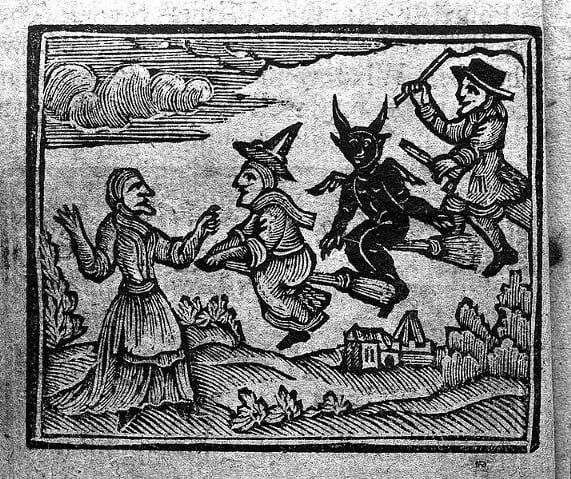
How often did the Puritans overlook ghostly shenanigans because of their religious beliefs?
Some would say quite often, but it’s important to consider that our perception of the otherworldly is constantly changing, and just because some labels may go out of style and new ones may be adopted, does not mean that the strange occurrences themselves are overlooked.
The Pilgrims might not have believed in “ghosts” in the same way that we do, but they nonetheless saw strange and unusual things in their daily lives and were looking for an explanation to make the unbelievable believable.
With that in mind, it’s not difficult to see how the Pilgrims, in their own right, were some of modern America’s first ghost hunters.
That is, of course, until witches started to fall into their crosshairs, but that is a different story.